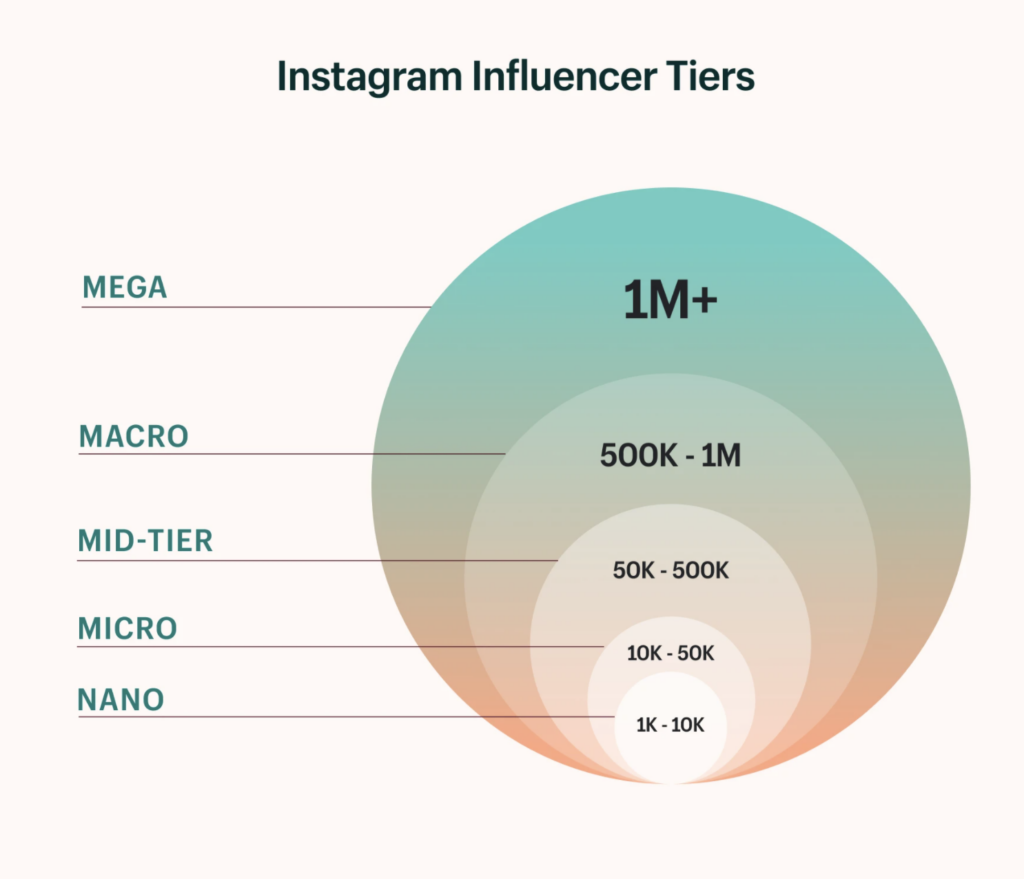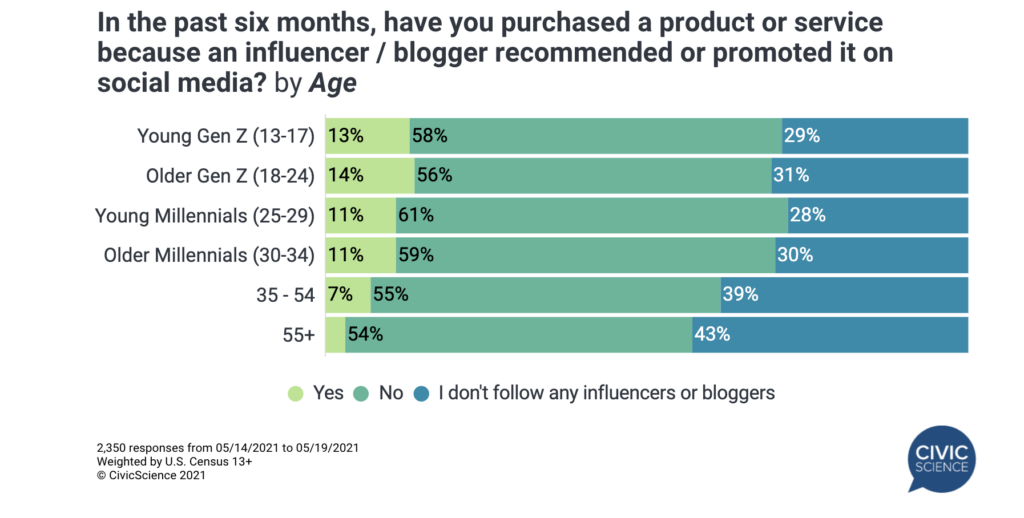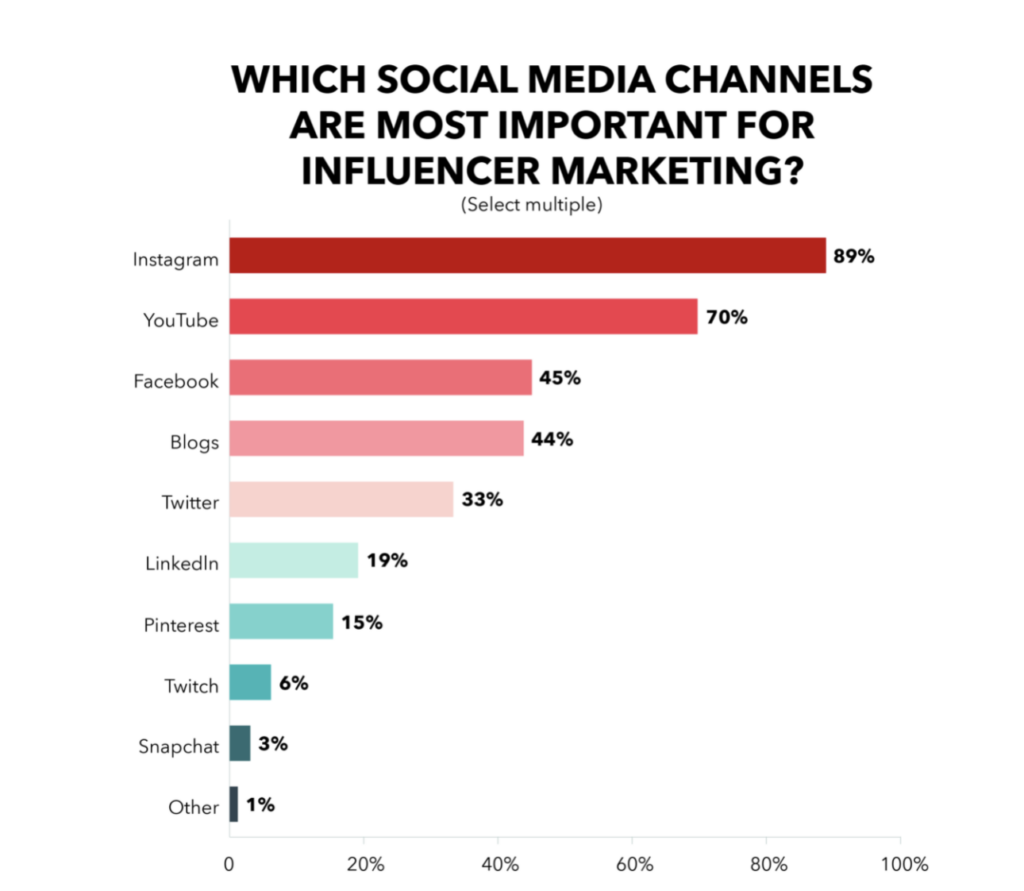Scrolling through your social media timelines, you might have come across influencers touting one product or another and thought, just how effective is influencer marketing? Is this something I should implement for my e-commerce business? Well, the answer is yes because the proof is in the data.
In this blog post, we will consider why Influencer marketing is essential in the current e-commerce world. We’ll also give you some pointers on how to get started.
What is Influencer marketing?
The Influencer Marketing Hub says that Influencer Marketing involves a brand collaborating with an online influencer to market its products or services. The word influencer here should not be mistaken for only traditional celebrities. Social media influencers have a strong, loyal, and often large following across several social media platforms, including Facebook, Instagram, Twitter and most recently, TikTok. As their name suggests, social influencers do just that, influence, pitch, incentivize, convince, and encourage their followers to buy a product or service. We like to think of them as modern-day tastemakers/salespeople.
Furthermore, there are different kinds of influencers. Macro-influencers are more popular, with a more significant following ranging from 100,000 to the millions. On the other hand, micro-influencers have smaller, more niche audiences, usually between 10,000 to 100,000. In contrast, Nano influencers have between 1,000 to 10,000 followers.

Why is Influencer Marketing essential for E-commerce?
1. It works!
Inmar’s consumer survey found that 84% of respondents had made a purchase based on an influencer’s recommendation and that 68% had spent over $150 US on products based on an influencer’s recommendation. In addition, a Civic Science survey found that “nearly 15% of the 18-to-24 age bracket has purchased something because an influencer recommended it in the last six months”.

Unsurprisingly, influencer-led purchases are most common within the younger demographics because they are generally untrusting of traditional media and do not consume it as much as the older generations. This trend presents opportunities for e-commerce businesses whose customers are within that age bracket.
2. They are a Trusted Source of Information for their Followers.
Great influencers have taken the time to build trust and nurture interaction with their followers. When they make recommendations, it’s perceived as credible and trustworthy. 48% of Gen Z & Millennials are more likely to buy a product that an influencer recommends when they are a relatable person. Influencer recommendations come as suggestions from a friend who is an authority on a subject rather than a paid talking head on TV.
Aligning your e-commerce business with a credible influencer allows the brand to leverage some of that credibility towards your product or service. Inmar’s consumer survey further reports that “An overwhelming 95% looked to influencers for product inspiration, and 64% of respondents followed influencers specifically to learn about new products”.
3. It is Cheaper than Traditional Marketing
For the budget-conscious, influencer marketing is not only cheaper than traditional marketing channels, but there is the added bonus of more channels and higher measurable outcomes. Influencers are available on Facebook, Pinterest, Instagram, YouTube, TikTok, Twitter and even blogs. The cost of influencer marketing varies depending on the channel and the influencer.
Average Cost Of An Instagram Post In 2021.
| Type of Influencer | Description | Rate (USD) |
| Nano | 1-10k followers | $10-$100 |
| Micro | 10-100k followers | $100-$500 |
| Mid | 100-500k followers | $500 -$5,000 |
| Macro | 500k-1M followers | $5,000- $10,000 |
| Mega | 1M + followers | $10,000 + |
How to get started with Influencer Marketing.
The first step in influencer marketing is to identify the right influencer. Your influencer choice depends on your industry, goals, target audience, keyword search, and, of course, your budget. Social baker suggests some key questions to consider when picking an influencer for your business:
- Would they love your brand?
- Are they advocates of your brand?
- Does their personality reflect your brand’s personality?
- Would their creative style suit your brand?
- Can they create high-quality sponsored posts?
- Would it be easy to work with them?
- Are their subscribers or followers potential customers?
E-commerce marketers can often overlook the engagement rate of an influencer in favour of a large following. An influencer might not have a high follower count but enjoy solid interaction with their followers. High interaction is a good indication of an engaged audience that is in tune with their influencer. In other words, they are buying what the influencer is selling.
The next step is to pick the right platform. As earlier mentioned, Influencers abound across several social media platforms. Therefore, choosing which platform to go with depends on your potential customers and which will serve your business objectives. According to MediaKix’s 2019 customer survey, Instagram, YouTube, and Facebook are the most important social channels for influencer marketing.

However, you should not immediately overlook the other platforms because it takes a deeper understanding of what each channel offers and your e-commerce marketing objectives to decide which platform is best.
E-commerce Guide shares an overview of the most popular influencer marketing platforms and how you can use them in your e-commerce marketing.
After going through steps one and two, it’s time to pick what kind of campaign you will run. Bearing in mind your e-commerce business goals, here are a few influencer marketing campaigns that you can run:
- Influencer-led contests or giveaways – this works best when you are looking to garner interest in a new or existing product and when your goal is overall brand awareness.
- Incentives and discount codes – great for when your goal is to increase sales or as a reward to build loyalty
- Takeovers – made famous on Instagram, this is used to increase engagement and share valuable and engaging content with your followers.
- Sponsored content – here, the influencer is paid to create content (image, video, or both) that promotes your product or service, usually on their page. Since influencers understand what their followers connect to, they are more likely to promote your product in an easy-to-understand and relatable way, which increases your potential for success.
According to Business Insider, brands will spend up to $15 billion on influencer marketing by 2022. In addition, social commerce sales are expected to grow by 35.8% to $36.62 billion this year. There is no better time than now to incorporate influencer marketing into your e-commerce marketing strategy.
By leveraging social media influencers’ thought leadership and authority, e-commerce businesses can build trust and credibility for themselves. Jump in; the water is just fine.
If you want to improve social media results for your e-commerce business or have questions, we’d love to chat!
